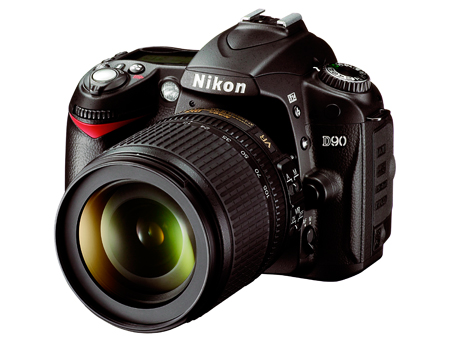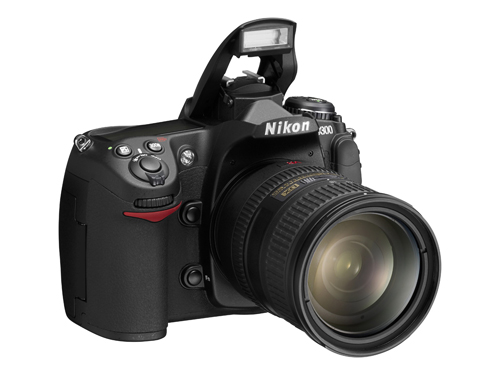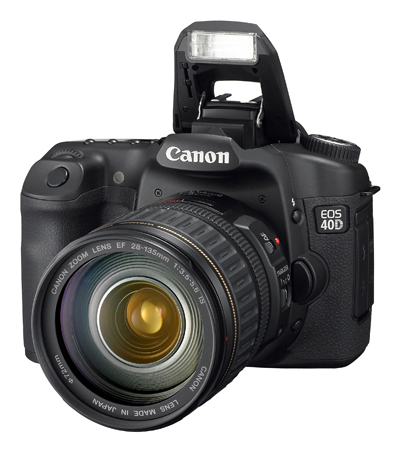Q & A: What is your view of firmware updates for digital cameras?
From Erick: Today, we’re introducing a new feature at Photocrati, Q&A with Peter Burian. Peter has joined Photocrati as a contributor and will be writing detailed field reviews for digital SLR cameras as well as other gear-related articles. Once a week, he’ll also be choosing one question from our readers to answer. So if you have a gear question that’s been bothering or eluding you, send it to [email protected].
Question
What is your view of firmware updates for digital cameras? I often see that some manufacturer has posted yet another firmware update. Why do the companies release cameras before they are ready and then fix problems with new firmware? J.C.
Answer
As you indicate J.C., new firmware — the operating system for an electronic camera — is often issued. An update is simply a new binary file that will change the processing parameters or add certain functions. Modifications of this type could be made to a high-tech 35mm auto-focus SLR camera as well, but the installation process required a trained technician. While some firmware is designed to fix a technical problem, others actually enhance a camera with even better speed, accuracy, versatility or image quality. (It’s easy to find firmware updates with a Google search; use the keywords Support Firmware and the name of the manufacturer and the camera model.)
In any event, I decided to pose your question to one of the camera companies, and here’s their reply. (more…)



